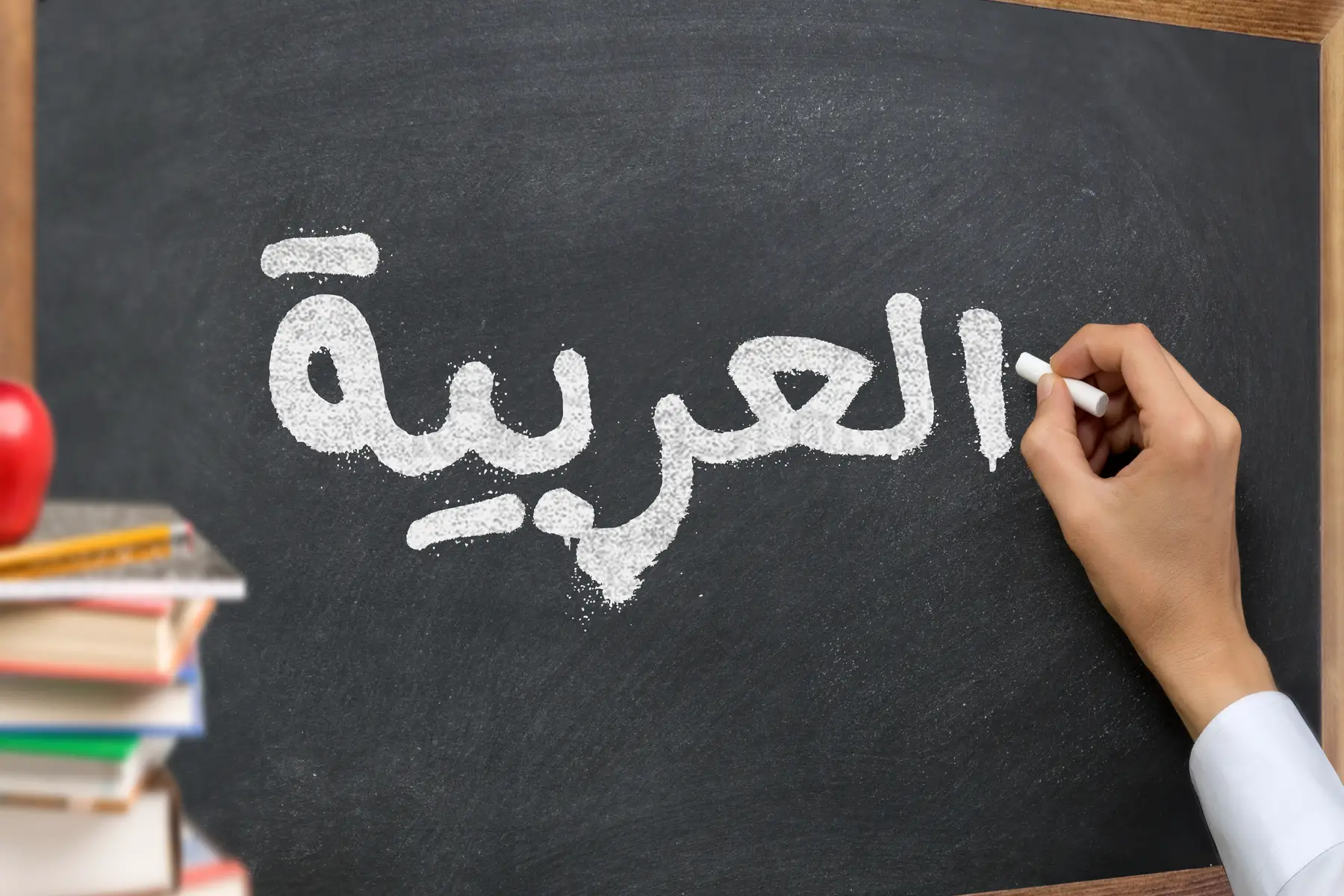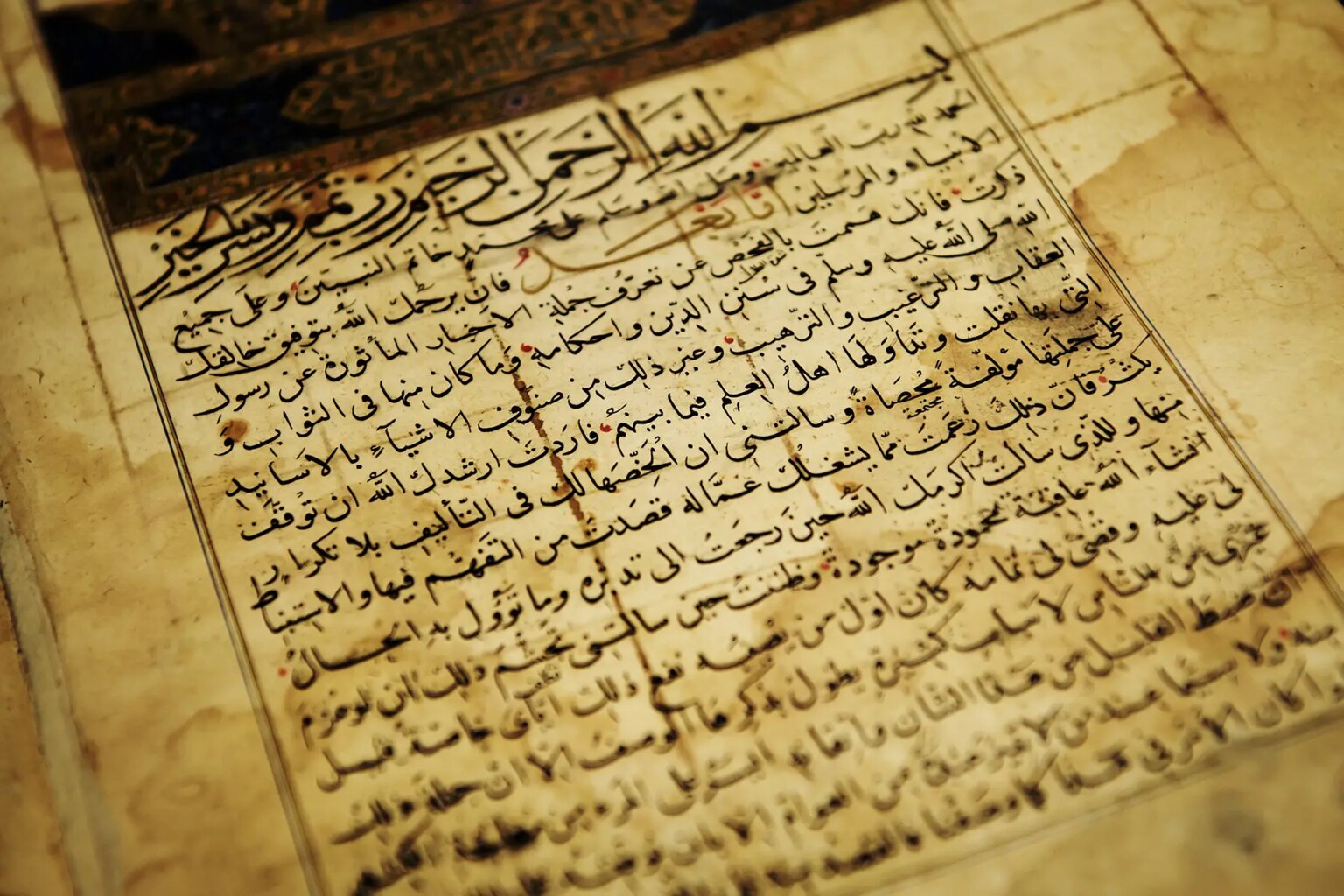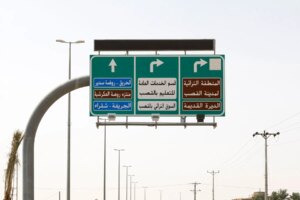Arabic is spoken by nearly half a billion people and is the official language of Saudi Arabia. Often richly poetic and sometimes even hilariously crass, it is widely used in cities, mosques, and restaurants all over the world. While it contains a richness and depth that is difficult to replicate, those who are undeterred by its intimidating reputation can look forward to a life-long learning adventure.
This helpful article, which explores the Arabic language and Saudi dialect, provides the following information:
italki
Want to learn Arabic without the hassle of the classroom? italki can help. Their online language learning platform connects you a whole network of professional teachers, letting you learn Arabic in a 1-to-1 manner that suits your lifestyle. Integrate into your new Saudi Arabian home and take your Arabic to the next level with italki.
Languages spoken in Saudi Arabia
As the Gulf country with the highest population, Saudi Arabia holds a few linguistic distinctions. Arabic is the official language of Saudi Arabia, however, because the Kingdom hires expats from around the world, more than 32% of the population comes from countries outside of it.
Other languages you might hear in Saudi Arabia include Hindi, Urdu, Bengali, Tagalog, or Sinhala. The largest number of expats, though, come from Syria. Therefore, more than 80% of the residents of Saudi Arabia speak the Arabic language. This is an extremely high number for the Arabian Gulf and a reality that makes learning the language much easier.
Where Arabic is spoken worldwide
Around 420 million people across the world speak Arabic, making it the fifth-most spoken language. In more than 25 countries, mostly across the Middle East and North Africa, it is either the official or a co-official language. Many other nations also use it. As Arabic is deeply tied to Islam as the language of the Qur’an, a growing number of Muslims (more than 1.6 billion) read or pray in Arabic.

Among those who learn a second language for work, school, pleasure, or other reasons, Arabic is the sixth-most popular second language. This number continues to grow as governments, jobs, and schools continue to value fields such as Middle Eastern Studies, Arabic, and Security Studies.
The history of the Arabic language in Saudi Arabia
Arabic is a Semitic language, alongside others like Aramaic, Hebrew, and Tigrinya. It has been around for more than 1,000 years and belongs to the Afro-Asiatic group. Arabic was likely born in the Arabian Peninsula – in fact, the word itself means nomadic.
Given that Arabic was just one of many languages that people spoke in the region at the time, historians continue to debate why, how, and exactly when its widespread use began. They also question when people began to use it as a written script.
Its history as a written language, though, became much less debatable after 632 CE. According to Islam, God directly dictated the Qur’an to the Prophet Mohammed at this time, which he wrote down. To this day, people consider this version of Arabic as Classical Arabic.
It was through this hallmark moment, and through the Arab Conquests that followed, that the Arabic language spread quickly across the globe.
Arabic pronunciation and phonology
People read Arabic from right to left, and the alphabet consists of 18 different shapes that combine with certain dots; placed above and below, to make 28 distinct letters. Because each letter corresponds only to each sound, Arabic is entirely phonetic.

Consonants, most of which are familiar to English speakers, are the foundation of almost all Arabic words. The word for ‘thank you’, for example, is shukran. You pronounce it shu (like the first part of sugar) – kran (like a less nasal first half of the word cranberry).
Vowels and the glottal stop, however, are unfamiliar to English speakers. These are often to blame for Arabic’s tough reputation. The word for ‘you’re welcome’, for example, is aafwan. You pronounce it aaf (a sound that you form deep in the throat and which has no English equivalent) – wan (like the word one).
Arabic grammar
Like in many languages, Arabic nouns have a gender – masculine or feminine – and both adjectives and nouns change form in order to align with gender, number, or state. There is also a plethora of personal pronouns (12 to be exact) including I, you two (males), them (plural, female), and we.
Beyond this, Arabic also uses nominal (begins with a noun) and verbal (begins with a verb) sentences. Unlike English, the verb ‘to be’ isn’t explicitly stated – instead it is gathered from context. Within verbal sentences, you may attach the subject to the conjugated verb and never mention it explicitly.
Grammar fiends – we wish you luck!
The different Arabic dialects
Under the umbrella term of ‘Arabic’, there are three main categories that people use: Quranic Arabic, Modern Standard Arabic (MSA), and Colloquial Arabic.
People use Quranic Arabic during prayer and throughout Islamic holy texts. MSA (also known as fus-ha) evolved from the Qur’an and is what is taught in schools across Arabic-speaking countries. Government officials and the media also use it. Some liken MSA to a milder form of Shakespearean English; most people will understand you, but you will sound a bit formal and strange.
Colloquial Arabic (known as lah-ja) is the language that people use every day in a particular place; it isn’t necessarily mutually intelligible between different countries. For example, someone from Saudi Arabia might struggle to understand the language of a Tunisian; therefore, they might switch into fus-ha for clarity. Colloquial Arabic usually falls along four regional lines: Levantine (Jordan, Syria, Lebanon, Palestine, and Iraq), Gulf (Oman, United Arab Emirates, Saudi Arabia, Bahrain, Kuwait, and Yemen), Egyptian (Egypt and Sudan), and North African (Tunisia, Morocco, Libya, and Algeria).
Interesting facts about the Arabic language
- Within the Arabic spoken in Saudi Arabia – which is itself a form of Gulf Arabic – there are three different dialects that people use in different regions of the country.
- There is no letter p in Arabic. So, the word for pizza in many Arabic commercials? Bizza!
- The algebraic concept for x, to represent an unknown number, comes from an Arabic term.
- The Arabic alphabet isn’t technically an alphabet. Because its writing system uses only consonants (and requires the writer to provide the vowels), it’s not an alphabet, it’s an abjad.
- Whereas you can learn some of the world’s easiest languages in 24 weeks (600 classroom hours), Arabic requires 88 weeks (or 2,200 class hours).
Learning the Arabic language in Saudi Arabia
Because those from Saudi Arabia and other Arabic speakers form such a majority of the population, and because English levels are not as high as in other Gulf nations, learning some of the Arabic language is extremely useful. This is especially true if/when you have to deal with the police, government officials, other bureaucrats, or a local school. You should not assume that they speak English at a high enough level for you to communicate your needs and have them met.
That said, given the lifestyle of many expats (in compounds that are separate from – and which often prohibit – locals from Saudi Arabia) learning the Arabic language is, sadly, still quite uncommon. Exact figures of those who engage in Arabic learning are unknown; however, because most expats see their stay in the Kingdom as temporary and because most Western expats work in English, the numbers are likely to be low.
If you are keen to learn the Arabic language in Saudi Arabia, here are some of the main language institutes:
For some Arabic pronunciation practice, check out the following resources:
If you want to know more about Saudi Arabic in particular, check out this resource:


